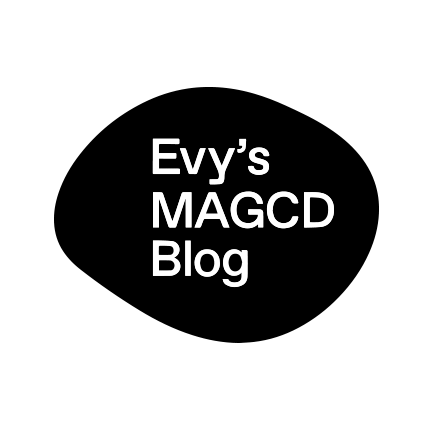01 Recap –
This week I started exploring blender as desktop publishing software, analysing the functionality on the “page” as currently understood, expanding on the role of perspective in the way we present and interpret information. Thinking about the way the text, images and layout interact within the page, and how the way these are set can change the message interpretation. Blurring the boundary between 2d and 3d dimensionality, exploring how the transformation of elements can exist in space and interact in conjunction using 3d elements such as reflection, camera angles, materiality and lighting.
This exercise soon became an exploration of type in space, which brought me back full cycle to what have capture attention from Hoelscher’s work in the first place. At this point I started experimenting more freely in blender without a define agenda or angle, aiming to produce random graphics.



First experiments using numerical variants to explore letterform iterations over time:

02 Methodology –
I had the opportunity to attend a cross-year workshop with Nicolay Boyadjiev and MANE looking at speculative scenarios workshop which really inspired my to frame my enquiry and start developing my project within a framework. I realised that setting myself boundaries and rules could help me actually generate more ideas than just trying to navigate the complexity of possibilities all at once.
The main points I gathered from the workshop are:
- Creating system based on logic.
- Design as normative.
- Opposing values for generative solutions.
- Allowing concise iteration within the variables.

Using the plane and methodology above as a guide, I designed my own system to be applied in a very different context and for a particular purpose in Blender and as a tool to help me reframe my research within this project.
Using Blender as a tool for generating “anti-intuitive” typographic iterations based on a series of controlled opposing values. In another words, I’m exploring blender as a type design tool. The input and subject of the first part of this experiment was sans serif letterforms as a way to explore the possible morphological iterations.
Ground rules:
- Type is the material.
- Exploring two concise variables over time is the methodology.
- Analysing the implications of these changes in word formation and the written message.

03 Proces –
By using Blender’s standard node system, I managed to put together a system that would allow me to control different variables within the software in order to modify the geometry of letterforms in a random and unexpected way.


First set of iterations





Second set of iterations
Using a different set of variables but the same initial input, I produced a second set of type iterations based on the following rules:





04 Conclusion and feedback –
Overall, I think having a methodology and a clear set of guidelines pushed me forward to use and understand Blender in an unconventional way and break from the traditional uses for 3D modelling software. Although I still use the animation and geometry nodes capabilities of the software, the open ended and iterative nature of the experiment allows the tool to take a new shape that might seem simpler, but nevertheless powerful.
The main points that came out of our weekly tutorial are:
- Don’t stop at legibility.
- How about creating the input (font) in Blender? It would be more interesting than just using the standard text input an using a ready made font.
- Playing on live data – python? Check the climate change font.
- Bring real world context. Columbia GSAPP type changes based on the time of the day. Really interesting typographic content designed by Linked by air studio.
- Push it further, do more experiments.
- Again, explore drawing in Blender, explore using font designed in blender as the input.
